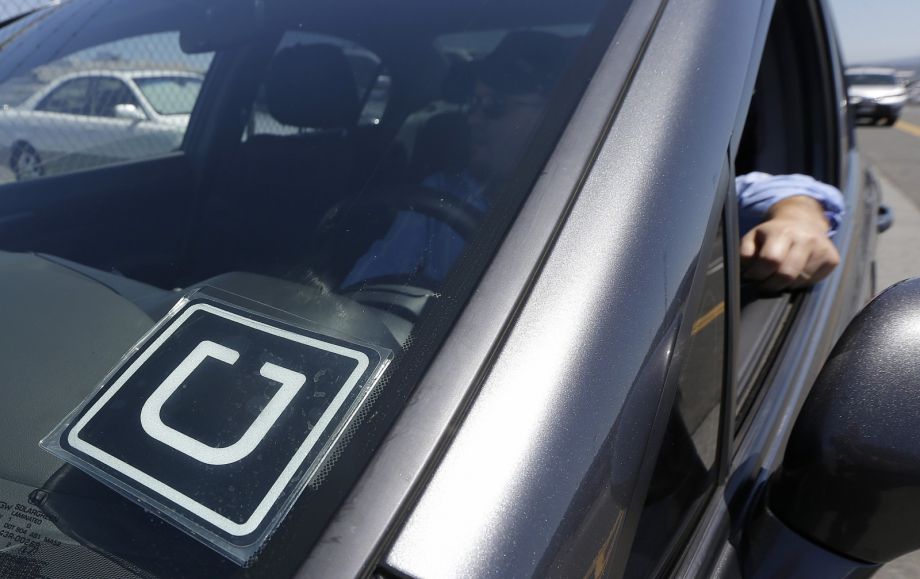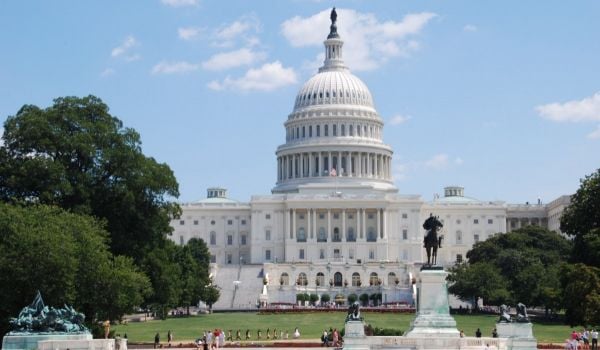In September, nearly 14,000 drivers for the on-demand car services Uber and Lyft in New York mobilized behind the national push for “gig economy” workers to get the same rights as traditional, payroll employees. They submitted union cards, organized beneath the Amalgamated Transit Union (ATU) 1181.
The move marked an extension of similar battles that have been rolling out in states across the U.S. Seattle debuted a first-of-its-kind ordinance in 2015 that gave app-service drivers, taxi drivers and personal drivers the right to unionize. In April, the Teamsters Union brought the App-Based Drivers Association (ABDA) they’d created in Seattle down to California, giving Uber drivers a platform to start petitioning for more benefits and tax and legal support.
Being allowed to submit workers’ compensation claims is on the wish list for on-demand drivers across the country, and according to ATU President Larry Hanley, there’s no sector of the gig economy that deserves this recognition more.
“The illness and injury rates among transit workers is among the highest in U.S. among blue-collar jobs,” says Hanley. “Driving a bus or car causes back problems, kidney problems, all kinds of organ problems, and Uber drivers are a class of workers who have been carved out of all the potential protections on the labor side.”
Employers are not required by federal law to provide social security, health or retirement benefits to the independent contractors they use. That means Uber and Lyft drivers, and although they have the option to get healthcare through the Affordable Care Act or with the help of freelancer-tailored companies like Stride, these billion-dollar companies are getting slammed with accusations of being exploitative by both drivers and labor researchers alike in the wake of ongoing driver pay cuts. Some contractors have seen their work pay drop by 35 percent, according to a February Daily Beast article.
While research on the health problems posed to Uber and Lyft drivers specifically is scarce, Hanley says the best point of comparison is with taxi drivers. Between 1998 and 2007, taxi drivers faced homicide rates that were 21 to 33 times the average homicide rate of all other jobs, according to the Occupational Safety and Health Administration. Being alone, with cash, and on the move through city neighborhoods puts them at a higher risk for robberies and assault than other transportation drivers.
Jeff Wenger, a senior policy researcher at the RAND Corporation, says because Uber’s app system identifies both passengers and drivers, they may face a lower risk of assault than taxi drivers. They’re also not lugging around cash on the job because of the app’s reliance on credit card transactions. But there is the road safety issue. “It’s not just like you’re going for a ride to the grocery store,” he says. “They’re stopping and starting, picking people up in odd places, pulling over to get passengers, and they’re in traffic while they’re doing that. I would venture to guess that it’s probably one of the more dangerous [gig economy] jobs.”
In New York City, there are nearly 48,000 drivers signed on to Uber alone. That jurisdiction is also one of the few nationally where taxi drivers and drivers for services like Uber, despite being classified as independent contractors, can qualify for workers’ compensation. San Francisco is another one. Cab drivers leverage the same claims as Uber drivers do, claiming that because they are dependent on their companies’ decision to dish out taxi licenses (or “medallions”), there’s an employer-employee relationship in play that qualifies them for traditional benefits.
But the battle isn’t just reserved for drivers alone. A recent report by the Department of Labor on whether or not the workers’ compensation system is impacting injured workers in the way it was designed to found that no state in the United States has successfully implemented 19 recommendations made to states by Congress’ National Commission on State Workmen’s Compensation Laws back in 1975. Some of those recommendations included barring caps on medical and rehabilitation benefits until workers totally recover, and total coverage for diseases that manifest because of the job or workplace.
“According to one researcher, employers now provide only about 20 percent of the overall financial cost of occupationally caused injuries and illnesses,” the report notes. “Costs are instead shifted away from employers, often to workers, their families and communities.” And while other U.S. social benefit programs like Social Security retirement, disability, Medicare and the Affordable Care Act are widening the country’s support system, “the workers’ compensation safety net has been shrinking.”
Still, Hanley says that with the new activism by NYC drivers beneath the ATU, he’s optimistic that attention will continue to build on the issue until workers for these companies don’t have to worry about what benefits they can and can’t qualify for if something goes wrong as they navigate the traffic-dense streets of Manhattan.
“I look back to the 1890s in the U.S., when people who drove public transit had none of the rights they had today. The first step in winning those rights was to organize, and the second step was telling the public just how bad things were,” says Hanley. “Now we’re going to begin what is probably going to be a long arduous task, including lobbying for legislation changes that will get drivers these protections, and with some litigation and street organizing to build public pressure on these companies.”
The Equity Factor is made possible with the support of the Surdna Foundation.

Johnny Magdaleno is a journalist, writer and photographer. His writing and photographs have been published by The Guardian, Al Jazeera, NPR, Newsweek, VICE News, the Huffington Post, the Christian Science Monitor and others. He was the 2016-2017 equitable cities fellow at Next City.

















